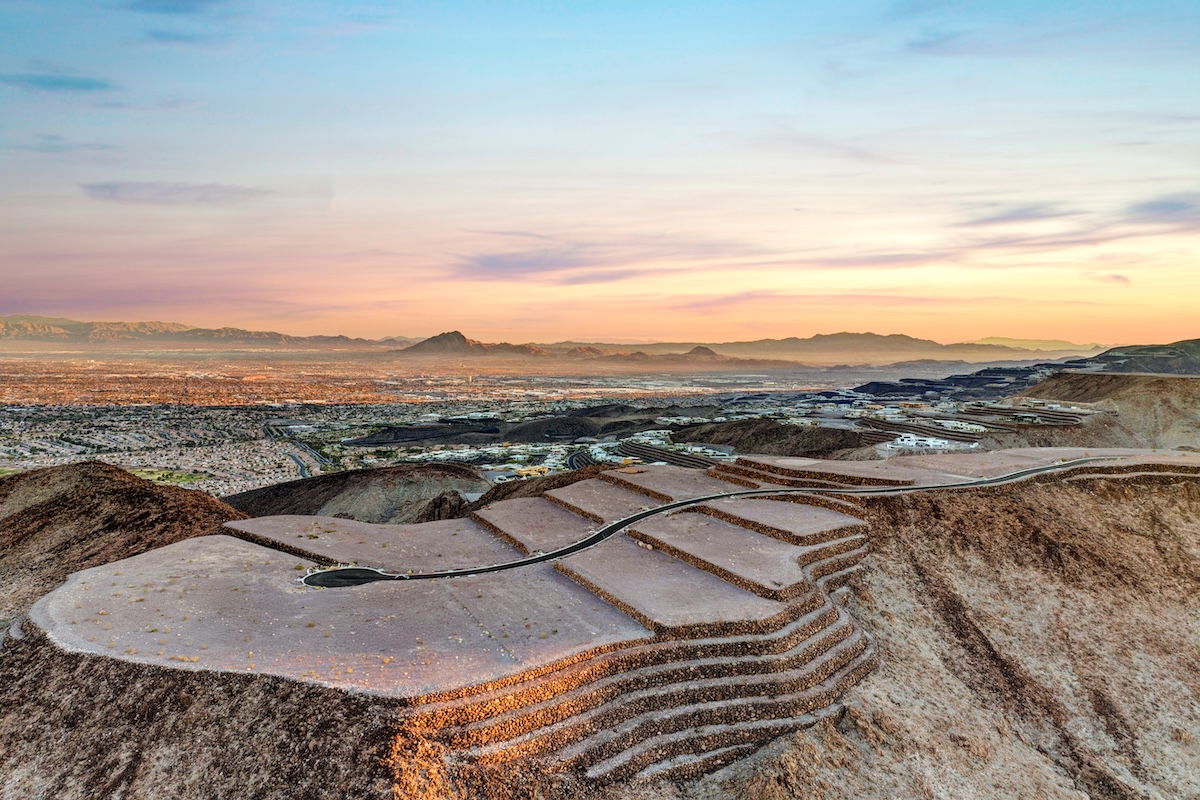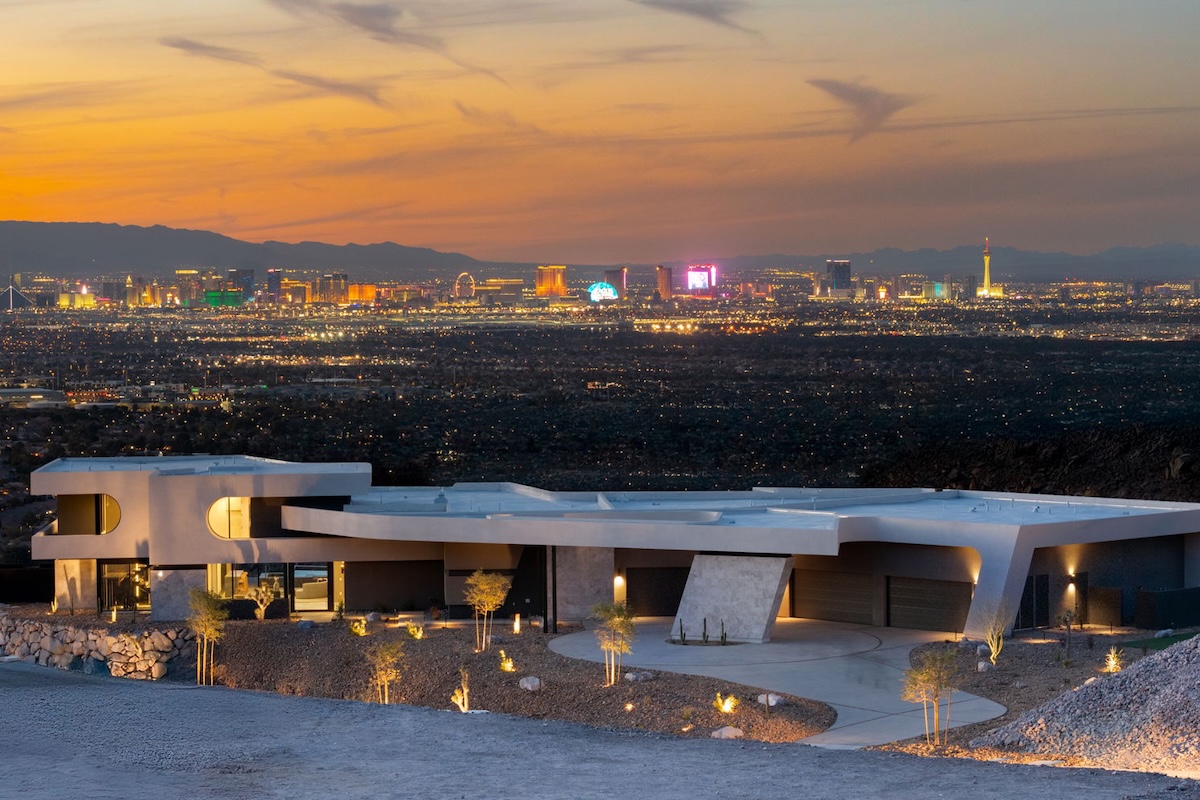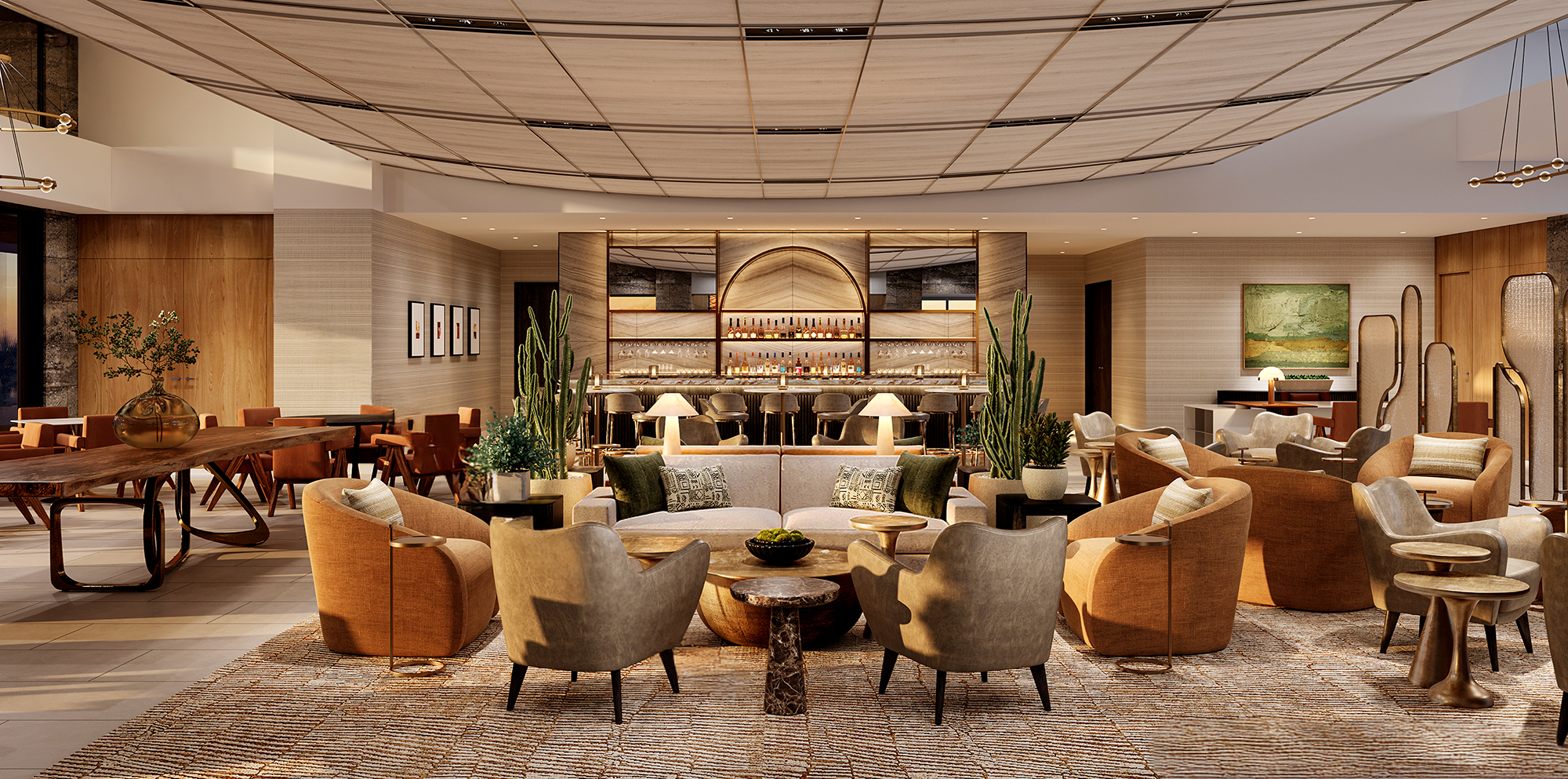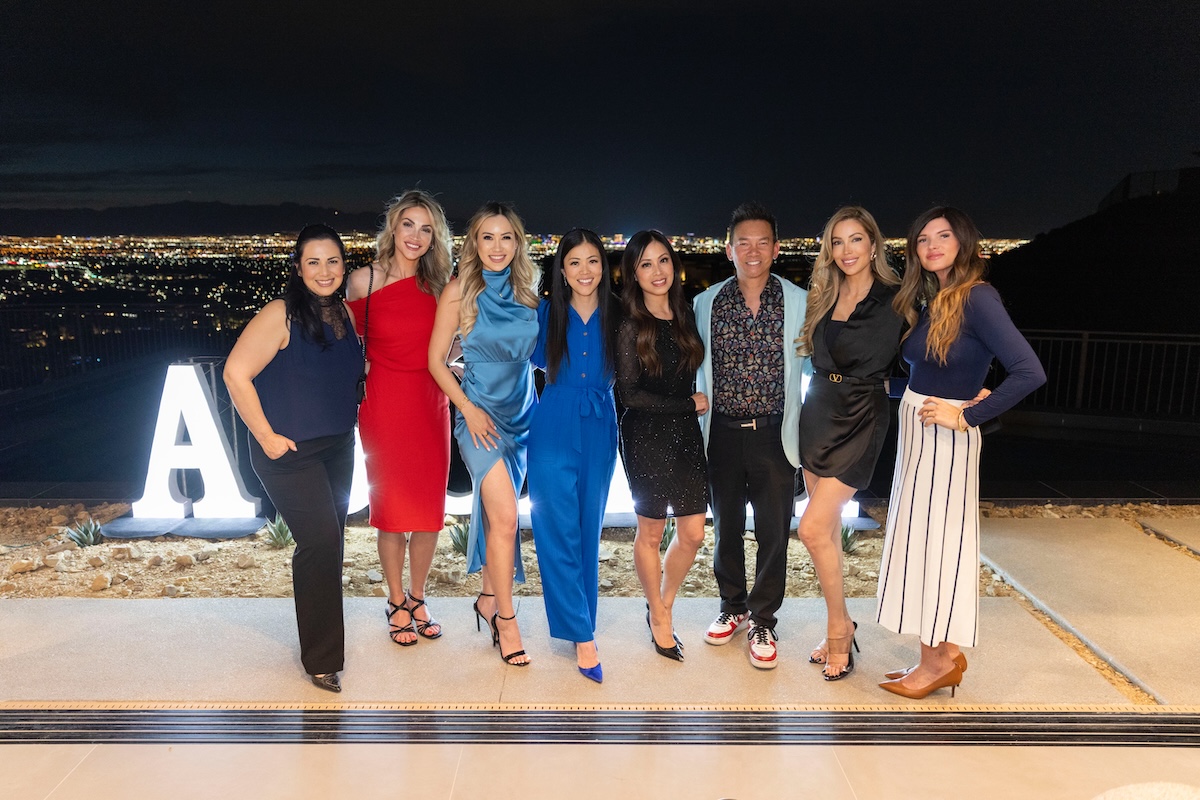Too often the terms contemporary and modern are used interchangeably. While they may sound like they express the same thing, there is a clear distinction between modern and contemporary design. To understand the difference, and more imperative, where your own tastes lie, it is important to look at each style as defined by their basic principles.
MODERN
First off, a little history will help. Modern design is an established architectural movement that came about during the beginning of the 20th century and gained strong momentum after World War II. The movement integrated advancements in technology and engineering with existing architectural styles. It was so successful that it spawned its own genre. Innovative materials were being introduced and architects sought to incorporate these wonderful new resources into their works. Mass produced steel and iron, sheet glass, and reinforced concrete offered strength and function, ushering in new building techniques which architects like Frank Lloyd Wright, Oscar Niemeyer, and Erich Mendelsohn used to help author this new design methodology.
WHAT IT LOOKS LIKE
Modern design is primarily known for using manufactured materials, straight lines, open spaces, expansive glass, and whitewash finishes. Exteriors are often stripped of garnishment in order to more fully convey the form of a structure. Think minimalism, which is a strong component of modern design. This means there are few, if any, arches, columns, or cornices. Without such adornments, the straight line motif renders a rather cube-like or boxy appearance.
These elements also continue into the interior spaces, and are usually reflected by the home’s furnishings. Orderly and clutter-free rooms, raised furniture, and the bare minimum of embellishment create an open, airy feeling. Customarily, these spaces are white, with a scant use of bright primary colors for accents.
These elements combine to create stark, almost dispassionate homes, that, truth-be-told, can seem somewhat cold or unfeeling. Is it any wonder a slight prejudice exists against modern style homes? Often homeowners express interest in warm tones, flowing lines, and accents that reflect personality. This does not mean that Modern design cannot integrate personal style, but the more strict parameters of the movement tend to limit such influences in favor of established standards. While these elements and the structures they have produced swing more toward the objective, this does not mean that they are inherently unappealing. In fact, modern design is quite popular, but the severe aspects of its style are not for everyone. This is why it is so important to know your preferences and choose the style most suited to your tastes.
CONTEMPORARY
Unlike modern design, which is a formal architectural and stylistic movement, contemporary design is not a formal movement, but a diverse combination of many different styles. Simply put, it means designing with what is in fashion at the time. Contemporary design is a celebration of the ‘now,’ a representation of present-day style. This can be complicated because of the fact that today’s style is not solely limited to new developments and products. Trends come and go, and bygone styles can come back in vogue. Think ‘retro,’ where past styles that have gone out of fashion are brought back once more. Thus, contemporary design is an eclectic blend of distinct styles, all brought together to create something new and unique.
WHAT IT LOOKS LIKE
Line and form are dominant in contemporary design, with particular emphasis being given to the vertical/horizontal axis. Tall, sleek structures are fashionable, especially coupled with cantilevered arrangements and deep recesses. Open spaces are favored, as is plentiful natural light. Sound a little too much like modern design? The difference is that contemporary design allows for, and even encourages interruptions to the cube-like structures modern design esteems. Curved and flowing irregularities disrupt form, allowing a reprieve from the stark formality of modern prerequisites.
These types of interruptions have geometric inspirations, wherein circular, orbital, cylindrical, and woven patterns blend with the vertical and horizontal planes to create more aesthetically pleasing structures. Most contemporary homes will have flat or shed roofs, eschewing the traditional peaked roofline in favor of a smooth and clean look. This signals back to the importance of the erect, straight edges that are at the heart of contemporary design.
The contemporary palette features tone-on-tone hues, especially taupe, brown, cream, and white shades. Yes, white is the hallmark of modern design, but it is usually used in singular fashion, whereas with contemporary design, multiple tints of the same color bring depth and contrast. These subtle tones are frequently coupled with more vivid colors, but in moderation, and usually through accent pieces, which modern design generally eschews. Additionally, polished and high gloss surfaces are predominant; glass, chrome, lacquer, and plastic serve to redistribute light around the open spaces.
Finally, current trends have contemporary design focusing on green and efficient living, and sustainability. Solar and renewable energy sources, as well as recycled and fair trade production materials are often used. Wherein plentiful windows not only denote a style preference, but also reduce energy consumption by bringing in plentiful natural light.
DESERT CONTEMPORARY
Like many personal preferences, style is subjective. Style has many definitions, but for this discussion it is best described as: a way of doing something, especially regarding a particular attitude or personal inclination. Following the precepts of contemporary design means plenty of freedom to express yourself, while still staying within the general guidelines of the style. But, how do you truly stand out from the rest? The answer is working with your surroundings.
To genuinely stand out from the crowd, consider going with a desert contemporary design. This means incorporating the desert motif into established contemporary tenets, thereby creating a highly unique home. Desert contemporary is new, and is definitely the next movement in luxury Las Vegas living.
WHAT IT LOOKS LIKE
First of all, let us dispel some misconceptions. Desert contemporary is not southwestern. There are no decorative horse blankets, cattle skulls, or Kokopelli in this trend. Instead, the style is marked by seamlessly blending interior and exterior spaces, essentially inviting the outdoors in, and vice versa. Spacious windows under large overhangs allow desert beauty to naturally enter the home’s interior, while creating functional shaded spaces outside. As well, outdoor rooms, including sitting areas and even kitchens, create physical and visual connections between both spaces, and celebrate the home’s surroundings. Rather than erecting forcible boundaries designed to keep nature out, desert contemporary honors native beauty by blurring boundaries and bringing the environment into the forefront of the home’s design.
The palette reflects natural colors, with warm brown and beige tones mimicking the setting, and blue accents simulating bright desert skies. Textures are important also, with stone and wood represented alongside copper, brass, brushed steel, and surfaced and colored glass. Rustic and warm, this style epitomizes upscale desert design.
ASCAYA
Located in the picturesque McCullough Range in Henderson, Nevada, this private enclave of three hundred and thirteen home sites rises to over three thousand feet above the Las Vegas valley floor. Fortified by reclaimed rock walls, the sites nestle among the towering hills, offering unparalleled city, Strip and desert vistas. What makes this collection so unique is that it observes the natural beauty of its surroundings, praising the desert in a city that cloaks itself in artificial oases. Here, the foundation of desert contemporary design is being laid.
The sales office leads the industry by offering an inspiration room, complete with a library of books on architecture, design, and construction, all with an eye toward desert contemporary. In this unique room future owners can meet with their design and build teams to dream up and create the perfect luxury home based on the latest trends and innovations, always bearing in mind their personal style. In this space, luxury design will realize its full potential, producing some of the finest desert contemporary homes in the world.
The private clubhouse is also forging new paths. Not only will it feature ultra-luxe amenities like professional concierge services, a lavish spa, a resort style pool, a life-enriching fitness center, and an exclusive tennis pavilion, but it will take the private club lifestyle into the future of exclusive member services. An events pavilion and gathering room will play host to community and social gatherings in style. A creative studio will inspire members to become their most artistic selves, as well as assemble celebrated artists, authors, entertainers, and scholars to share their talents. Plus, family-focused spaces will give the younger generation places to come together with friends and parents. Indoor and outdoor play areas, as well as a dedicated hobby room celebrate the family as a whole, and will quickly become a favorite among residents. This astounding clubhouse will surely inspire luxury communities nationwide, and be lauded as a pioneer in member services.
All told, this will be one of the most unique and inspired luxury communities in the country. Learn more about the amazing things happening at Ascaya by visiting www.Ascaya.com.






